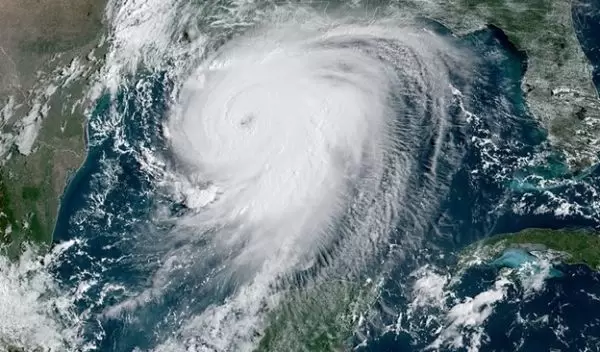
Future hurricanes likely to pose much greater flood risk to US East and Gulf coasts
Extreme flooding events spawned by hurricanes are likely to become far more frequent along the eastern and southern U.S. coastlines because of a combination of sea level rise and storm intensification. Findings from Princeton University show that the two sources of water can produce what researchers call compound flooding events, with impacts much worse than that from surges or rainfall alone.
The study, published in the journal Nature Climate Change, is among the first to assess how climate change could affect the frequency of extreme rainfall-surge events. The researchers hope the findings will better inform policymakers and bolster overall preparedness for severe storms to come. The work was supported by the U.S. National Science Foundation.
"Climate change is a major societal challenge, and this study could play an important role in addressing and mitigating its effects," said Justin Lawrence, a program director in NSF's Directorate for Geosciences.
"Most studies have looked at the hazards of rainfall and storm surge separately, but in this study, we looked at the joint hazards from the Gulf Coast up through New England," said study co-author Ning Lin of Princeton. Avantika Gori and Dazhi Xi of Princeton are also co-authors of the paper, along with Kerry Emanuel of the Massachusetts Institute of Technology.
Using physics-based climate and hurricane hazard models and statistical analyses, the new study projects a dramatic rise in how often joint 100-year events -- with a 1% chance of happening in any given year for both rainfall and storm surge -- will occur by the year 2100.
Along the Gulf of Mexico, extreme rainfall-surge events have happened on average every 200 to 500 years. But by the end of the 21st century, according to the study's findings, these extreme events may occur on average every 10 to 30 years. The outlook is more dire in New England, where extreme joint events are rare in the historical climate record, happening on average less than once in 1,000 years. However, by the end of the century, these events may occur on average once every five years.
